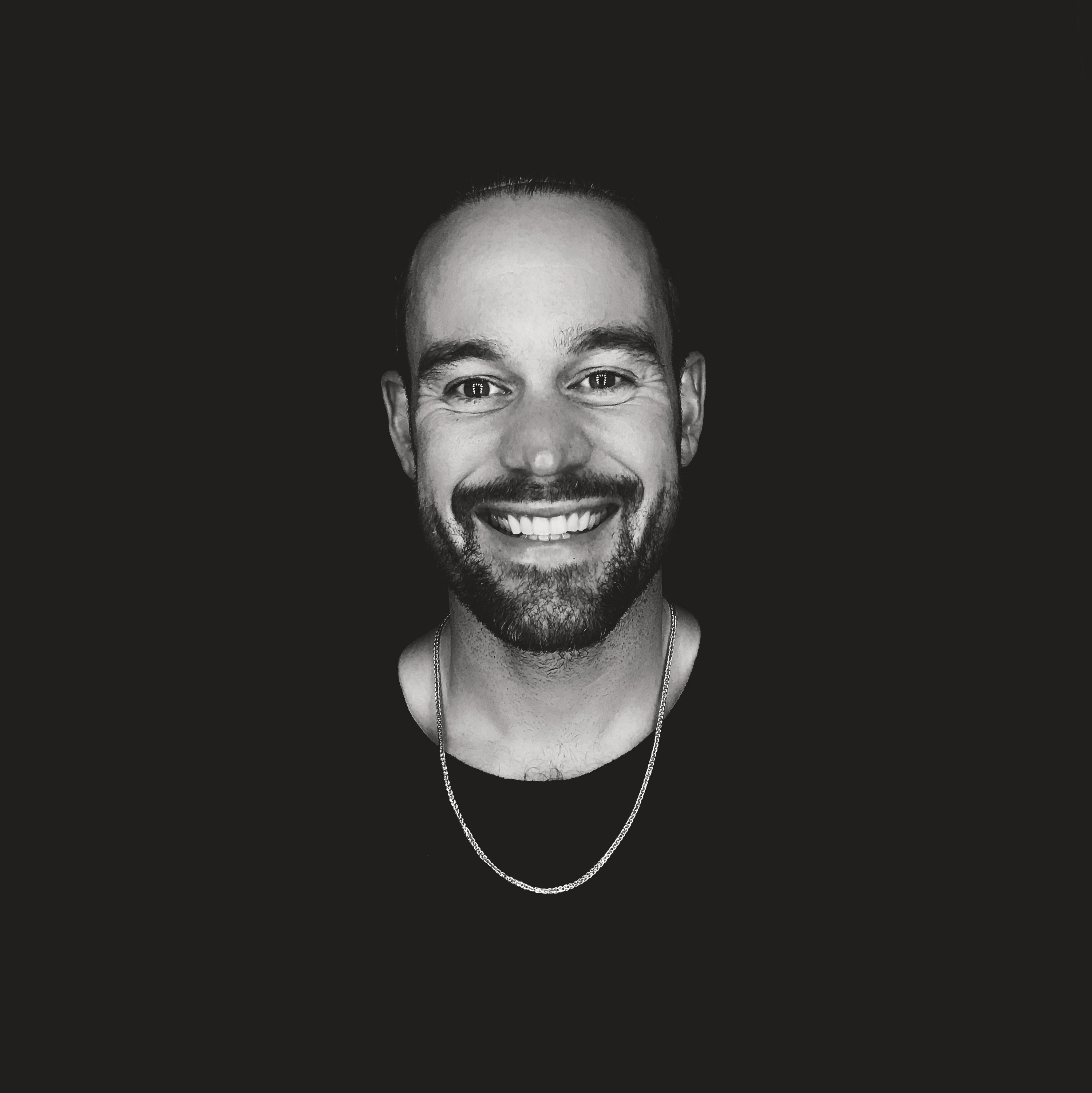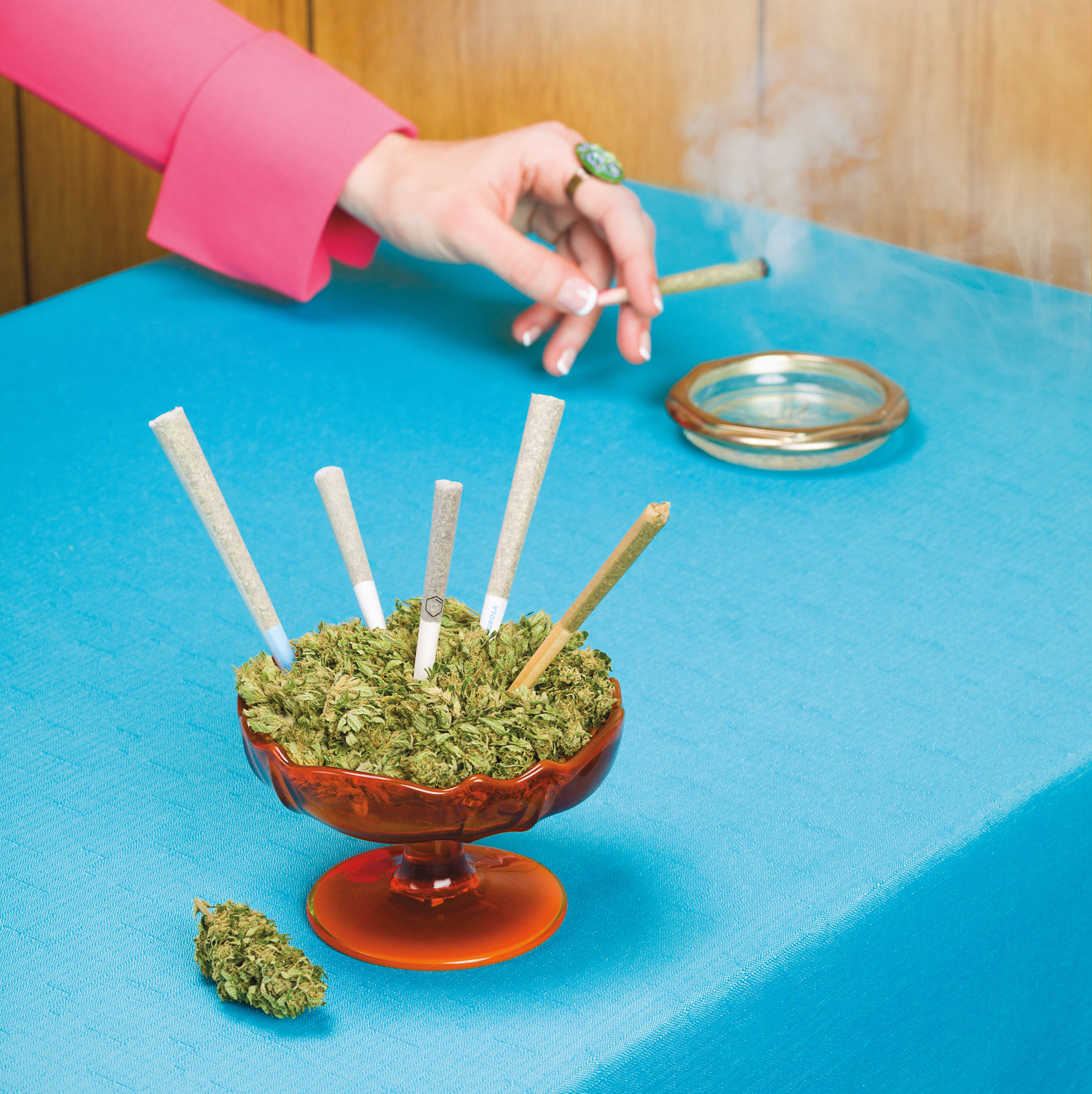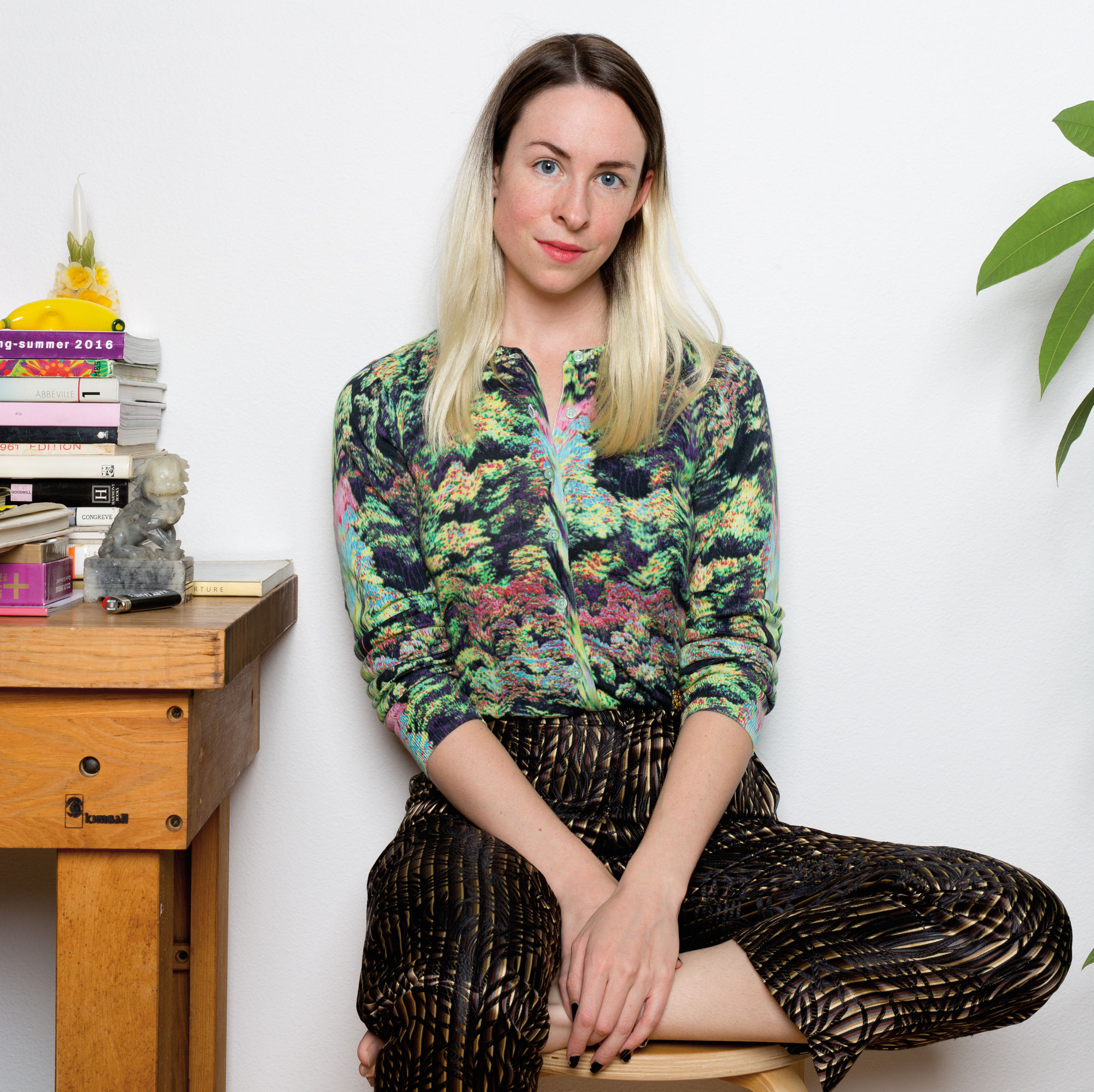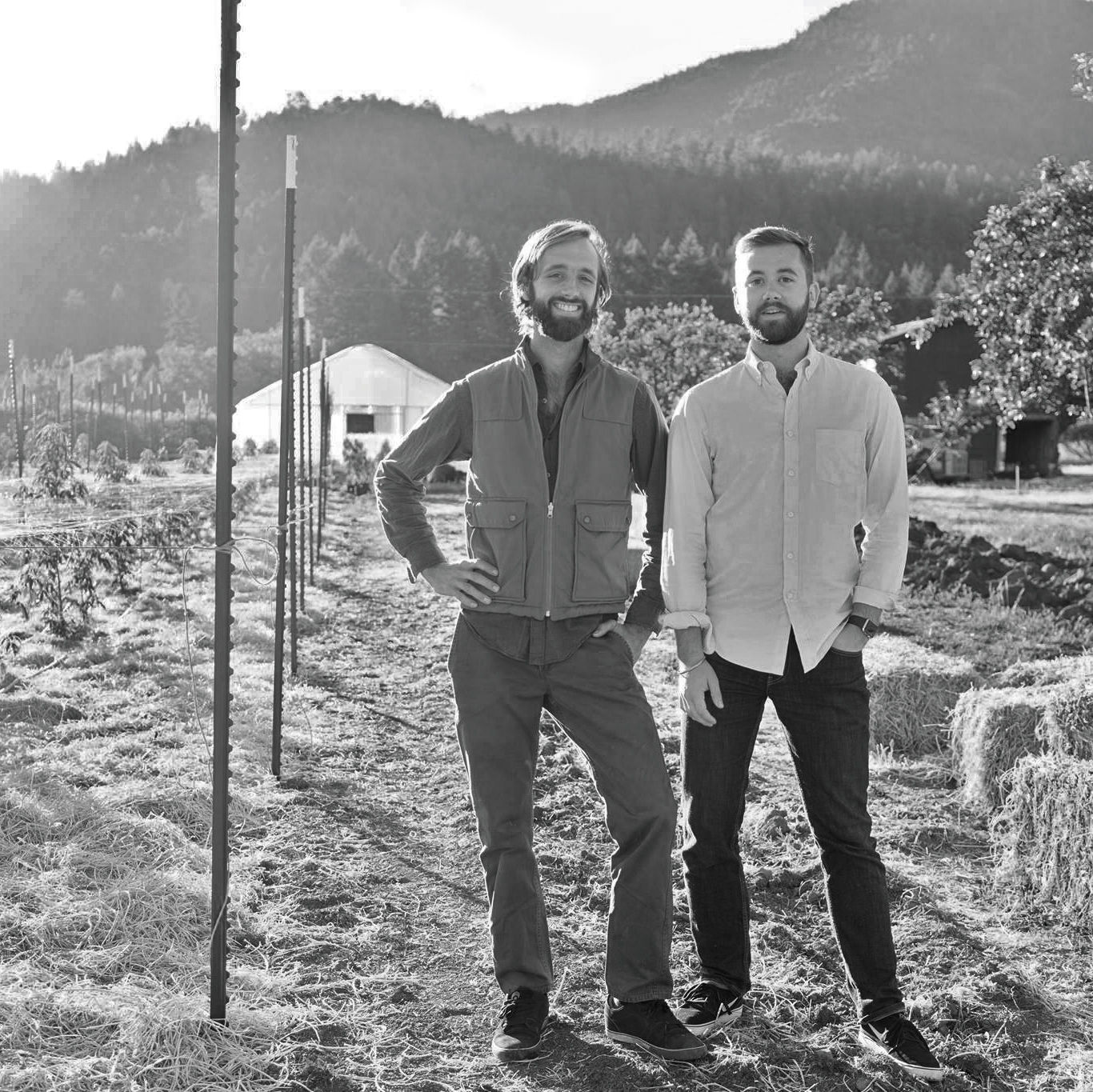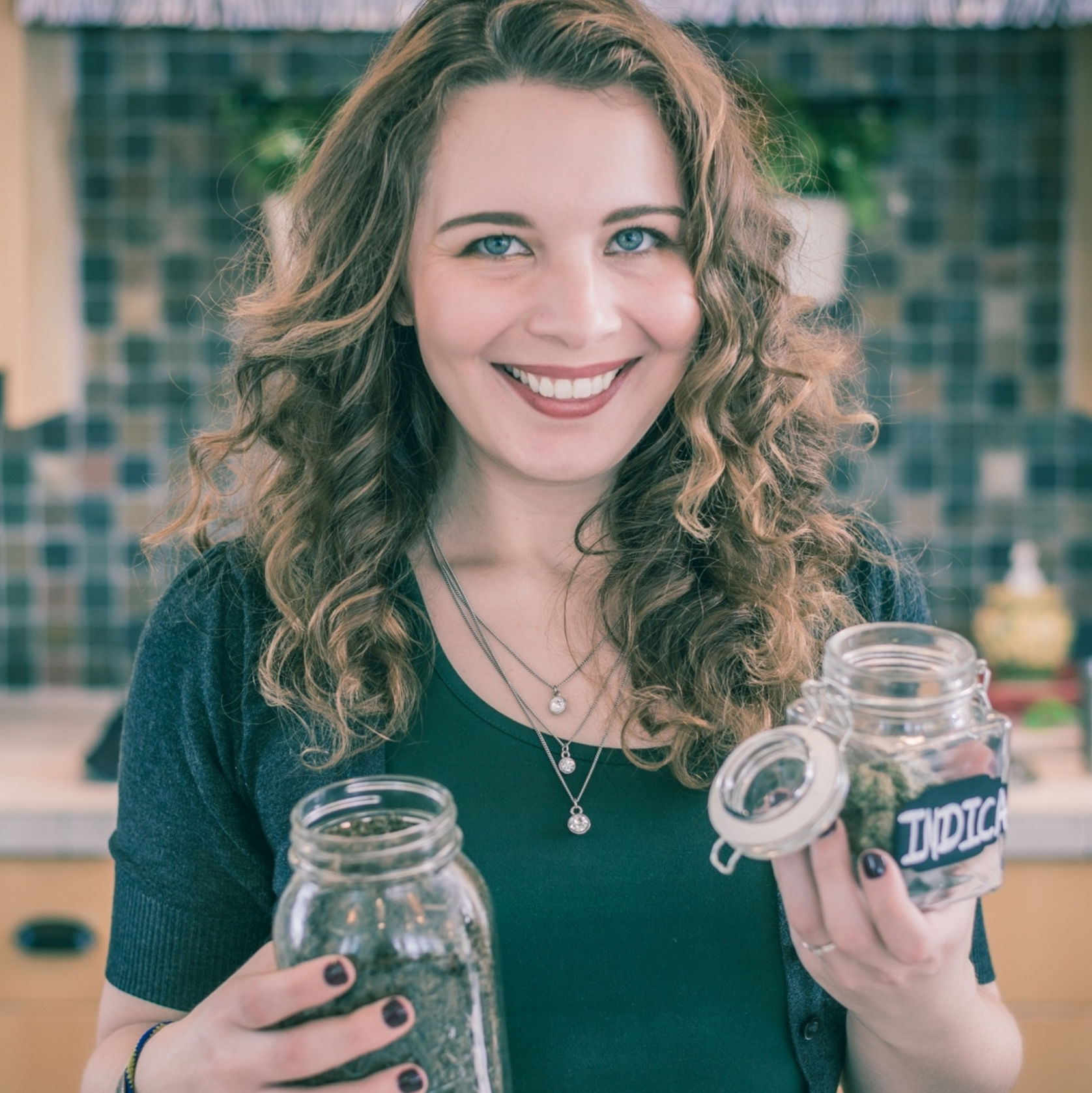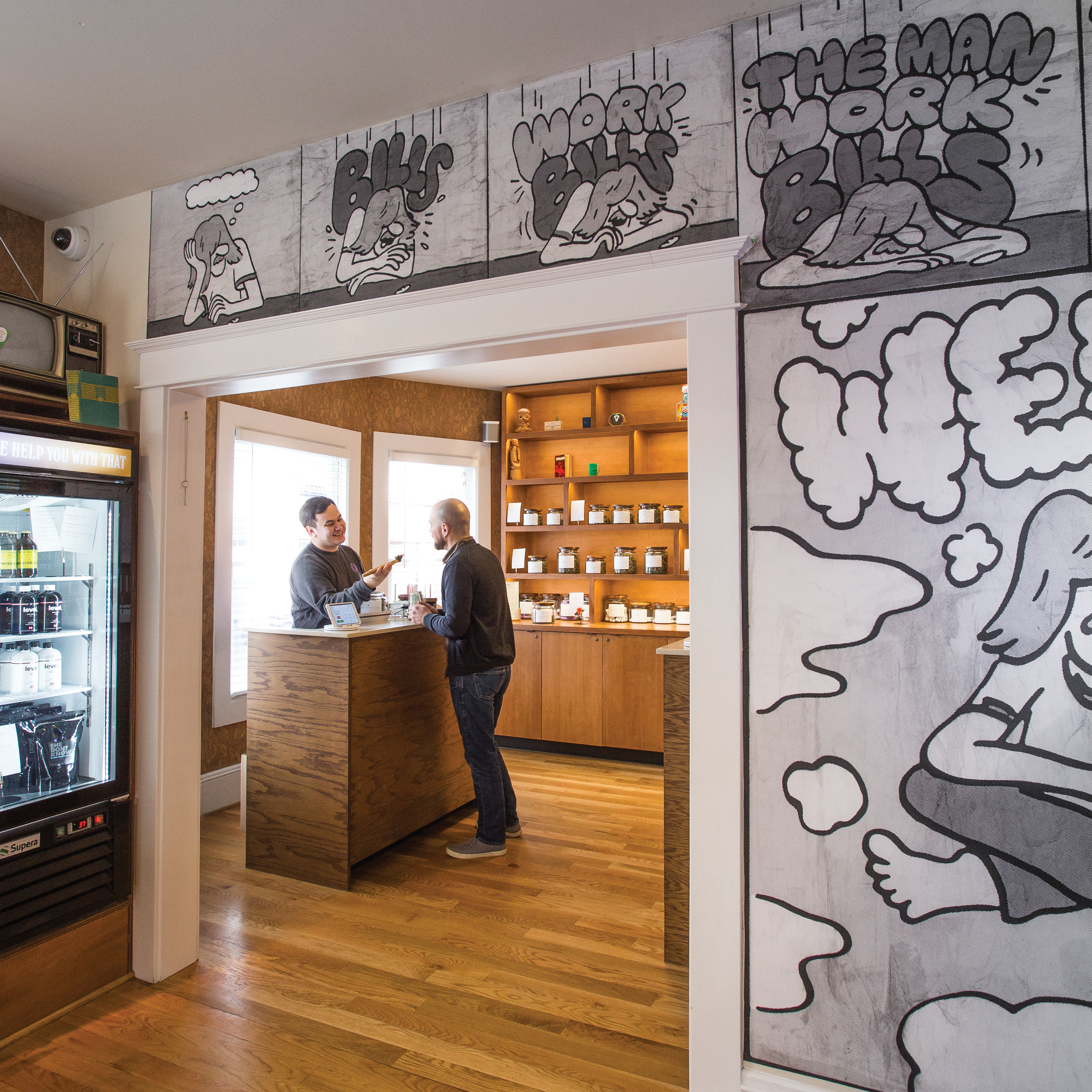How the American West Became the Wild Cannabis Frontier
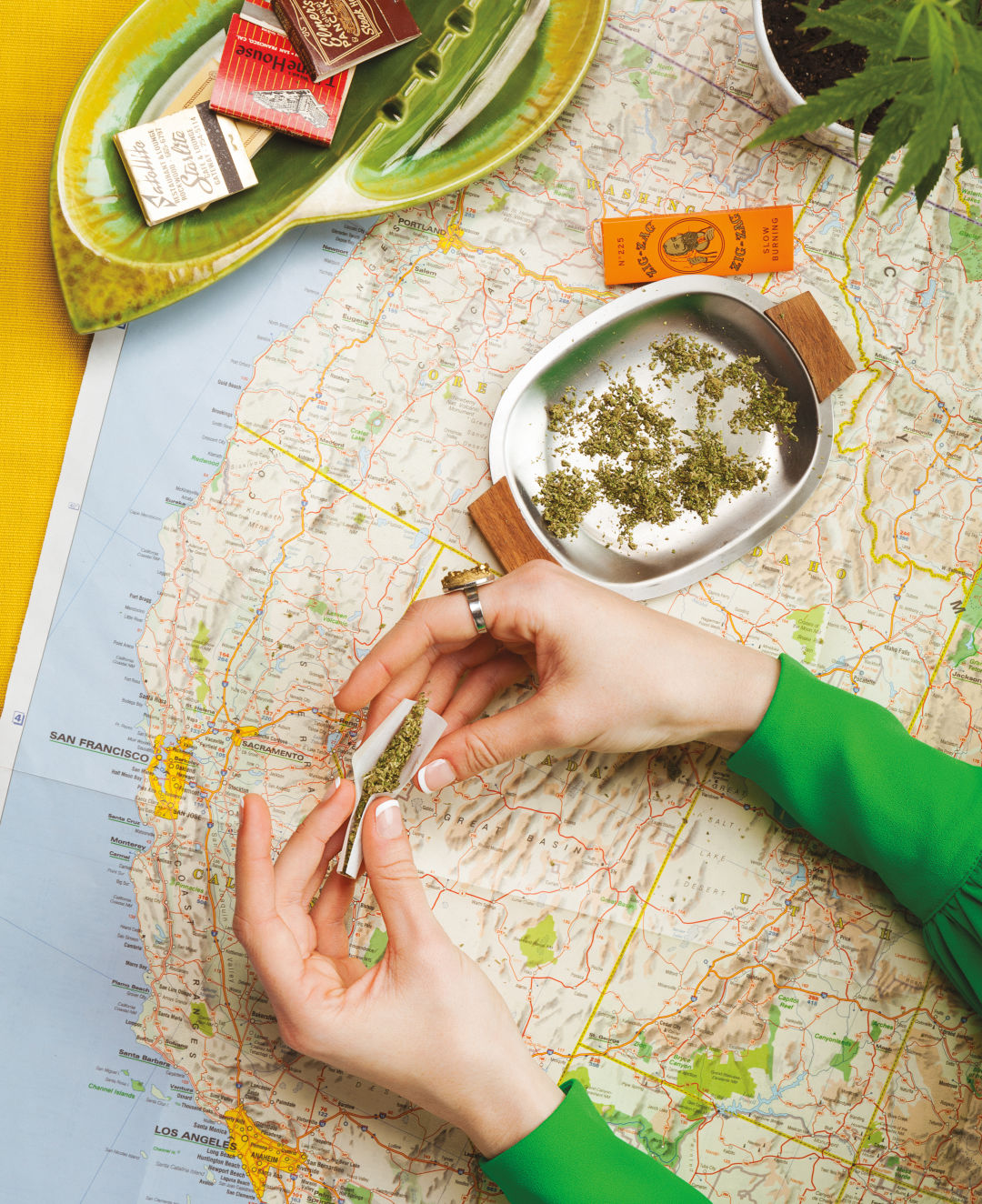
Image: Nicolle Clemetson
Two scenes from Portland, 1935.
One: A Southeast Portland couple, Mr. and Mrs. Leach, lovingly tend a garden dubbed “Sleepy Hollow.” Mr. Leach is a pharmacist; the “gardening bug” bit Mrs. Leach. All around their small stone home—“such a house as one meets in the fairy books,” according to the Oregonian writer who visited—Mrs. Leach has planted herbs and flowers. Among Mrs. Leach’s ferns and fringecups: an opium plant and a marijuana plant. According to the writer, “All the makings of a wild party in Sleepy Hollow.”
Two: A disabled miner with a Hispanic name, Frank Belasquez, smokes marijuana to “quiet a nervous condition” from a mining accident. A Portland judge sentences Belasquez to six months in prison for selling two marijuana cigarettes for 50 cents.
Marijuana’s modern history has always been a story of who is growing, selling, and consuming the plant. In the United States, that drama finds its biggest stage in the West, abetted by culture, geography, and even state constitutional law. Oregon decriminalized small amounts in 1973, then pioneered medical marijuana in 1998. Measure 91, passed by overwhelming popular vote in 2014, permits all Oregonians 21 and over to buy, possess, and grow the once-illicit drug. This four-decade march toward legalization unfolded in parallel to blossoming DIY entrepreneurism and a creative class dedicated to the plant. In our feature, you’ll read about the growers, educators, and sellers of this new scene.
But this linear growth obscures tangled roots. It’s unclear exactly when cannabis, cultivated in Central Asia 35,000 years ago, came to the New World. According to historian Nick Johnson, author of Grass Roots: A History of Cannabis in the American West, the wind-pollinated plant thrives in open, human-altered environments, such as fields recently cleared of brush or trees. In the 19th century, as new irrigation projects transformed the West, Mexican laborers brought the plant west and north.
“It’s been disseminated by the working, laboring people,” says Johnson, “the people most marginalized by their societies.”
Perhaps predictably, then, the West’s attitudes toward cannabis bisected along racial and class lines. Anglo-American doctors and pharmacists hailed the plant as useful medicine—picture Mr. Leach strolling through quaint, domestic Sleepy Hollow. Along the Mexican border, where foreigners grew and consumed cannabis, the plant figured as an alien threat. Doctors made tinctures from the cannabis plant; Arabs and “Orientals” made hashish; and dope fiends and criminals smoked it.
“There was an overlapping period in the early 20th century where cannabis was still a legitimate medicine, but also gaining a reputation as this unsavory vice from south of the border,” says Johnson. “The difference, of course, was ingestion. If you were taking a tincture, that was OK. That’s what white Americans did. But when Mexicans showed up and started smoking it....”
Federal prohibition in 1937 came as a moral and legal panic over “reefer madness” reached fever pitch, and as doctors struggled to understand the drug’s chemical mechanism and inconsistent effects. Prohibition succeeded in making marijuana more popular, especially in a culturally fluid region of vast, open expanses perfect for hiding illegal grows. Between the ’40s and the ’60s, backlash against the relatively new laws coalesced into a bona fide counterculture, centered in progressive hubs up and down the Pacific coast, from San Francisco and Berkeley to Eugene and Portland.
“The counterculture brought cannabis out of the lower, marginalized classes and introduced it to middle-class white people, particulaly young people,” says Johnson. Much later, West Coast hip-hop, another explosive countercultural movement, brought recreational cannabis to the attention of a whole new generation. (Long before I had ever seen a marijuana bud, Snoop Dogg and Ice Cube had alerted me to its benefits.)
Stigmas fade, old prejudices die, and the western states’ penchant for direct democracy—in the form of initiatives and referendums—delivered a killing blow to prohibition in much of the region. The advent of recreational sales in California on January 1, 2018, heralded new frontiers in science and marketing, opened by the voters of the West’s 39 million–strong megastate. The genie is out of the bottle. (A recent Trump administration attempt to enforce federal prohibition laws met with vigorous bipartisan resistance from western lawmakers and governors.)
The plant’s image remains a paradox: cannabis the healer vs. cannabis the troublemaker. The predominantly white recreational industry is thriving, but Latinos and African Americans remain more likely to be imprisoned for cannabis use. Postlegalization, who you are and how you ingest still affects perception. Still, the people of Oregon, Nevada, Washington, Alaska, Colorado, and California have spoken. Like the gentlefolk of Sleepy Hollow, they want their cannabis, without the baggage of the past.

